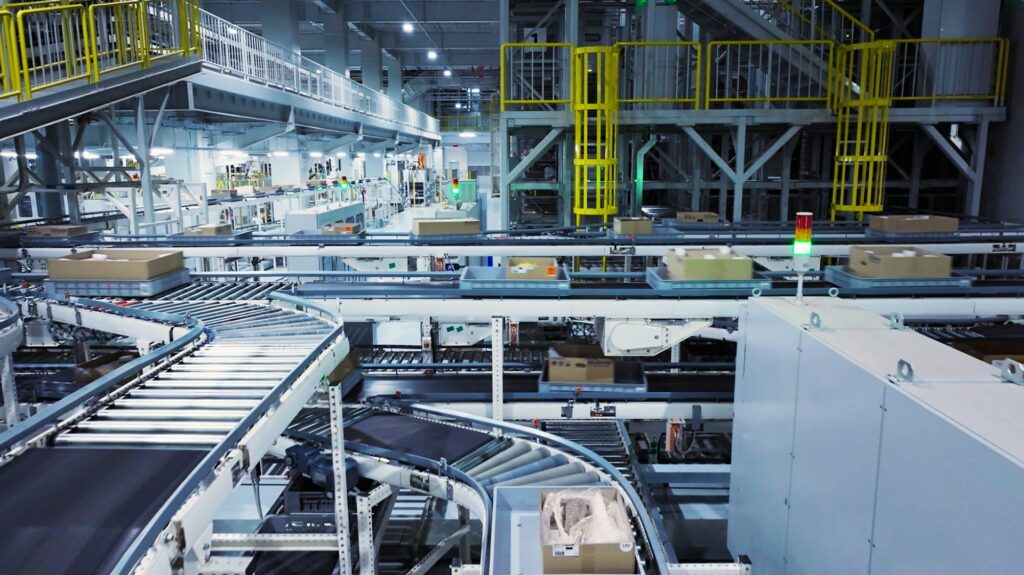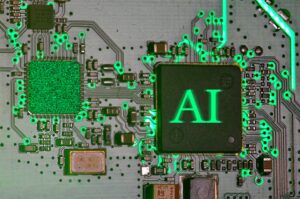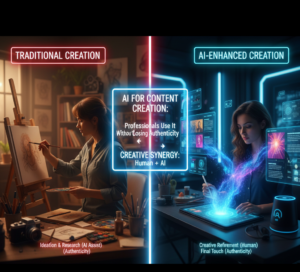Internet of Things (IoT) and real-time tracking are revolutionizing supply chains according to smart logistics.

Internet of Things (IoT) and real-time tracking are revolutionizing supply chains according to smart logistics.
No longer is the world of supply chains the same as it was in the past. In the past, paper records, spreadsheets, and phone calls were the primary means by which logistics networks were managed. However, as a result of the proliferation of the Internet of Things (IoT) and real-time tracking technologies, these networks are now becoming more intelligent, quicker, and more efficient.
This transformation is more than simply an update; it is revolutionizing the way in which companies transport products both locally and worldwide, increasing everything from transparency to sustainability. Take a look at how things are going.
Digital Nervous System of Logistics: The Internet of Things
When you think of the Internet of Things, you should see it as a network of extremely small sensors and devices that monitor the commodities, vehicles, and equipment at every point of the trip. The data that these sensors collect include information such as temperature, humidity, location, vibration, and even shock, and it is immediately sent to the logistics teams and management.
This implies that firms who deal with fragile commodities, such as medications, food, or high-value electronics, will be able to get real-time monitoring that will notify them of any potential issues before the products are harmed. A manager may get an alarm and immediately correct the problem if the temperature of a refrigerated vehicle begins to increase. This could possibly save thousands of dollars in product that would have otherwise gone bad.
Monitoring in Real Time: Being Aware of the Location of Everything — In an instant
The days are long gone when the whereabouts of a package remained a mystery until it arrived at its destination. Using technologies such as GPS-enabled gadgets, RFID tags, and sophisticated telematics, businesses are now able to determine the precise location of shipments, containers, or even individual items at any given time.
Massive advantages are brought about by this real-time visibility. It is possible for businesses to reroute deliveries in order to avoid experiencing traffic jams or severe weather, provide consumers with precise estimated times of arrival, and promptly react to unanticipated delays. Due to the fact that teams are always aware of the precise location of inventory, it also helps to limit the amount of products that are misplaced or stolen.
Decision Making That Is Driven By Data
Data collected via the Internet of Things (IoT) and monitoring technologies is not only important in the present instant, but it also assists logistics teams in making more informed choices over the course of time. Business organizations are able to improve supply routes, identify bottlenecks, and anticipate demand surges before they occur when they do trend analysis.
For instance, a merchant may review data from the previous Christmas season in order to stock warehouses more effectively, so guaranteeing that popular goods are found in closer proximity to locations with strong demand. This kind of predictive planning, when used over time, results in cost reductions, a reduction in delivery times, and increased customer satisfaction.
Higher levels of sustainability By use of Intelligent Logistics
The environmental effect of supply networks has emerged as a primary issue in recent years. With the use of real-time monitoring and Internet of Things devices, businesses are able to lower their fuel usage, cut down on idle hours, and improve their delivery planning in order to prevent wasting trips. Because they are aware of the whereabouts of assets and goods, logistics teams are able to consolidate deliveries in a more effective manner and avoid trucks from being empty.
An strategy that is more intelligent and data-driven results in fewer emissions, less waste, and an overall greener supply chain. This is a goal that is becoming more relevant as businesses attempt to fulfill sustainable sustainability objectives.
More automation and improved artificial intelligence are the future.
Taking a look into the future, the Internet of Things (IoT) and real-time monitoring are paving the way for ever more sophisticated solutions. Imagine a warehouse where artificial intelligence automatically changes personnel levels based on live data, or delivery drones and autonomous vehicles that update their routes in real time. These solutions are just a few examples.
Because of advancements in technology, supply chains will no longer just respond to crises; rather, they will anticipate and prevent problems from occurring in the first place, so establishing networks that are both more robust and more customer-focused.
The concept of smart logistics is not only a passing fad in the world of technology; rather, it is fundamentally altering the structure of supply chains all over the world. Internet of Things (IoT) and tracking technologies enable organizations to deliver their products more rapidly, eliminate waste, and react more promptly to unforeseen events. These technologies also provide real-time visibility, predictive analytics, and wiser resource use.
This progression is becoming less of a choice and more of a need in this day and age, when consumers want delivery that is both speedier and more transparent. And despite the fact that the process of fully linked, artificial intelligence-enhanced logistics is still in progress, the future seems to be more efficient, sustainable, and intelligent than it has ever been.






